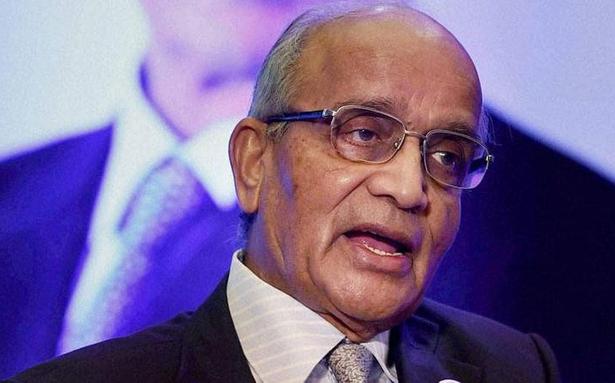While the main international oil contract, Brent, remained below Monday’s high of $139.13 a barrel, it rose 6.8% to $131.63.
The main US contract, WTI, rose 6.7% to $127.44 a barrel.
President Joe Biden announced a ban on US imports of Russian oil, while Britain said it would phase them out by the end of the year.
EU nations, which get about 40% of their gas imports and a quarter of their oil from Russia, have instead opted to cut their Russian gas imports by two-thirds.
Meanwhile, Moscow had earlier warned it could cut off natural gas supplies to Europe via the Nord Stream 1 pipeline in retaliation for sanctions imposed on it for the invasion.
Although the US doesn’t import large quantities of Russian oil, analysts said the move is still important.
Market analyst Fawad Razaqzada of ThinkMarkets called it the “launch of an all-out economic war against Russia” by the United States.
“There will be consequences: high gas prices, more inflation and retaliatory measures from Russia.”
OANDA’s Craig Erlam said: “It’s another step west to turn our backs on Russia and leave it isolated in the world.”
The rise in oil prices has undermined a recovery in stock prices in Europe and the US.
While London was up 0.1 percent, Frankfurt ended the day flat and Paris lost 0.3 percent.
Meanwhile, the Dow on Wall Street was down 0.6 percent in late morning trading.
Commodity prices also felt the effects of Russia’s increasing isolation.
The London Metal Exchange suspended trading in nickel after the base metal rose to a record $101,365 a tonne as concerns over Russia’s supply sparked severe volatility.
Nickel is used to make stainless steel and batteries for electric vehicles.
“Russia is one of the world’s leading exporters of this commodity, and with the potential for incoming sanctions against Western countries, the market could see a significant supply shock in the short term, which could lead to even more price hikes until the situation stabilizes. said Walid Koudmani, chief market analyst at online trading platform xtb.
Nickel prices have risen from about $20,000 a ton in January, he noted, putting enormous pressure on producers.
Gold surged as high as $2,069.25, a level not seen since August 2020.
The Ukraine crisis comes at a time when uncertainty was mounting due to rising prices caused, among other things, by a rise in oil demand, tight inventories and pandemic-related supply chain disruptions.
Markets continue to fear stagflation – a vicious mix of low economic growth and elevated inflation.
“There are fears that we are heading into a period of stagflation in the eurozone given the energy shortages and the region’s dependence on Russia,” noted ThinkMarkets’ Razaqzada.
The European gas benchmark Dutch TTF fell 6.5 percent on Tuesday to €212.35 per megawatt-hour, a day after hitting a record €345.
North Sea Brent crude: up 6.8 percent to $131.63 a barrel
West Texas Intermediate: up 6.7 percent to $127.44
New York – Dow: MINUS 0.6 percent at 32,622.95 points
EURO STOXX 50: down 0.2 percent at 3,505.29
London – FTSE 100: up 0.1 percent at 6,964.11 (close)
Frankfurt – DAX: FLAT at 12,831.51 (close)
Paris – CAC 40: DOWN 0.3 percent at 5,962.96 (close)
Tokyo – Nikkei 225: down 1.7 percent at 25,790.95 (close)
Hong Kong – Hang Seng Index: down 1.4 percent at 20,765.87 (close)
Shanghai – Composite: DOWN 2.4 percent at 3,293.53 (close)
Euro/dollar: rise to $1.0885 from $1.0854 on Monday
Pound/dollar: DOWN at $1.3091 from $1.3104
Euro/pound: up to 83.11p from 82.83p
Dollar/yen: up at 115.71 yen from 115.32 yen
burs-rl/ach



